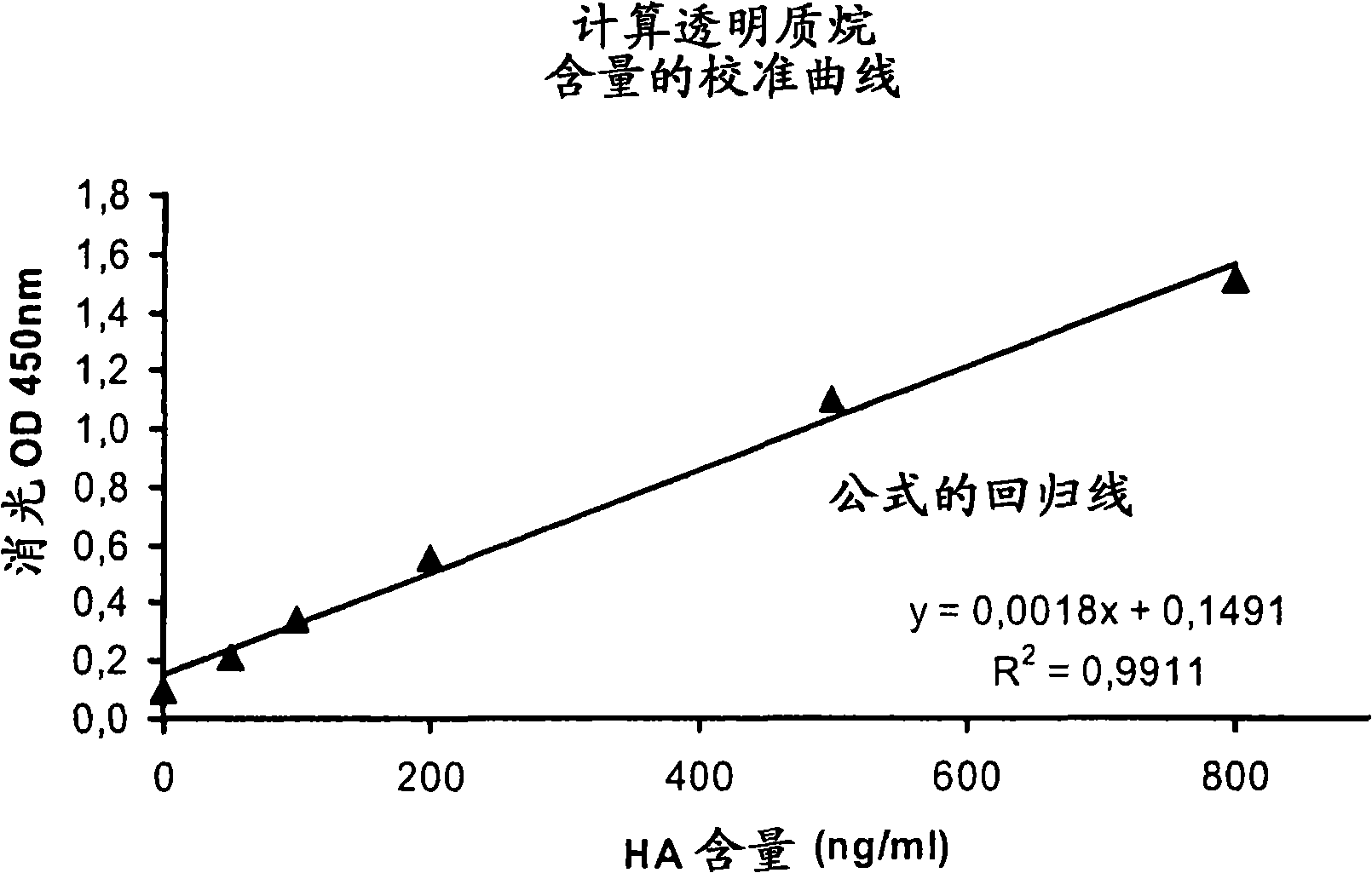Plants with increased hyaluronan production
A technology of hyaluronan and plants, applied in the direction of using vectors to introduce foreign genetic material, transferase, recombinant DNA technology, etc., can solve the problems of separation or purification, such as complicated and expensive separation and purification
- Summary
- Abstract
- Description
- Claims
- Application Information
AI Technical Summary
Problems solved by technology
Method used
Image
Examples
Embodiment
[0274] 1. Preparation of plant expression vector IR 47-71
[0275]The plasmid pBinAR is a derivative of the binary vector plasmid pBin19 (Bevan, 1984, Nucl Acids Res 12: 8711-8721). It was constructed as follows: A fragment of 529 bp in length containing nucleotides 6909-7437 of the 35S promoter of cauliflower mosaic virus was isolated from the plasmid pDH51 as the EcoR I / Kpn I fragment (Pietrzak et al., 1986 Nucleic Acids Res. 14, 5858), and connected to the EcoR I and Kpn I restriction sites in the polylinker of pUC18. In this way, plasmid pUC18-35S was formed. Using restriction endonucleases Hind III and Pvu II, the T-DNA with a length of 192 bp including the Ti plasmid pTiACH5 (Gielen et al., 1984, EMBO Journal 3, 835-846) (nucleotides 11749-11939) The fragment of the polyadenylation signal (3' end) of the octopine synthase gene (gene 3) was isolated from the plasmid pAGV40 (Herrera-Estrella et al., 1983 Nature, 303, 209-213). Next, the SphI linker was added to the restriction...
PUM
 Login to View More
Login to View More Abstract
Description
Claims
Application Information
 Login to View More
Login to View More - R&D
- Intellectual Property
- Life Sciences
- Materials
- Tech Scout
- Unparalleled Data Quality
- Higher Quality Content
- 60% Fewer Hallucinations
Browse by: Latest US Patents, China's latest patents, Technical Efficacy Thesaurus, Application Domain, Technology Topic, Popular Technical Reports.
© 2025 PatSnap. All rights reserved.Legal|Privacy policy|Modern Slavery Act Transparency Statement|Sitemap|About US| Contact US: help@patsnap.com


